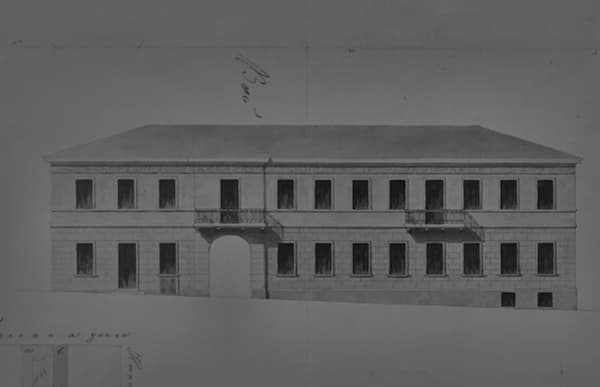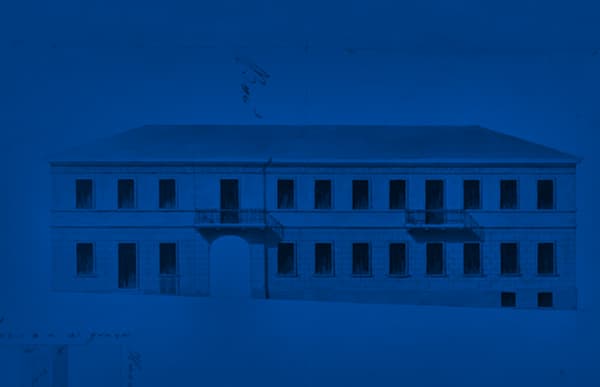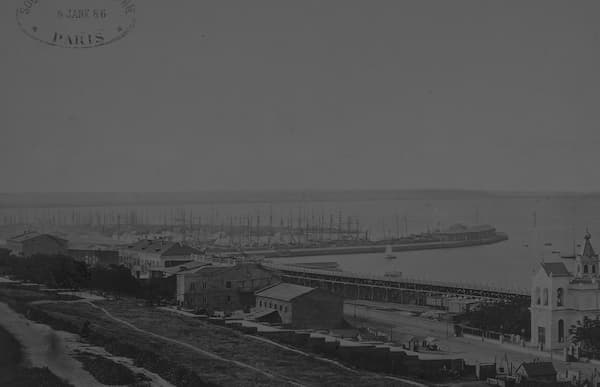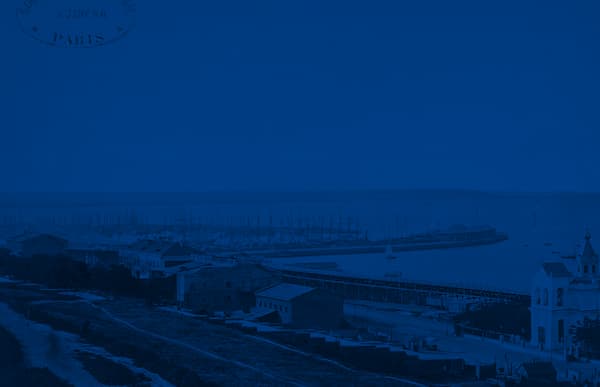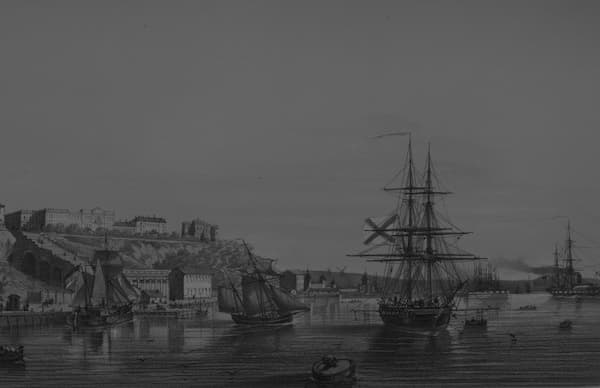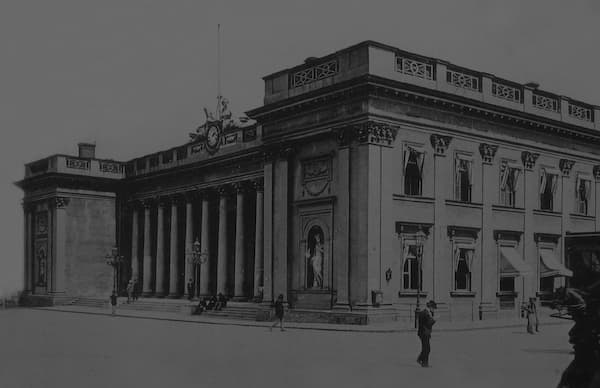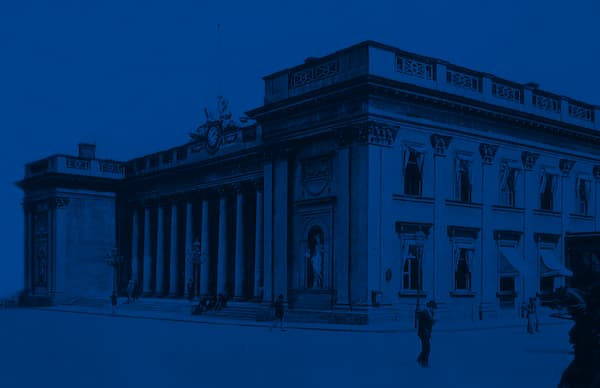Giorgio Torricelli (1800-1843)
Archival research carried out in 2025 by Iryna Balmeli has made it possible to establish the year of birth of Giorgio Torricelli, which was not 1796, as indicated by some bibliographic sources, but 1800. According to church records, Giorgio was born in Lugano to Giovanni Antonio Zaccaria Torricelli and Lucia Margaritis on May 23, 1800 (Lugano, Archivio diocesano), while population records kept at the Archivio storico (Historical Archive) of the City of Lugano and the Archivio di Stato del Cantone Ticino (ASTi) date his birth to May 22.
Giorgio Torricelli was, with Francesco Boffa, the leading Ticino architect active in Odesa in the 1820s and 1830s. For the stage designer and painter Vittore Pelli (see entry), who lived in that city from 1824 to 1831, “the number of buildings built, and of good taste, by two Swiss architects, Messrs. Botta [scilicet Boffa] and Torricelli, is remarkable” (Memorie 1932, p. 99). Even in Torricelli's case, his education, the experience he accumulated before moving to the shores of the Black Sea and the circumstances that induced him to take that step have yet to be investigated. We know that he arrived in Odesa around the same time as Francesco Boffa, with whom he initially collaborated as an assistant architect. It was not until 1826 (Piljavskij 2010b, p. 38) that Torricelli was admitted as an architect to the Odesa Building Commission, starting an autonomous design activity that fully unfolded in the following decade, when he drew up the plan for the arrangement of the Old Bazaar Square (1832) and received numerous private commissions, including the residence of Kammerherr Nikolay Horvat (1832, see file) or the palace (alternatively called “Kamo” or “Kalio”) built in Tiraspolska Square (project from December 1834). In 1838, Torricelli intervened in the Stock Exchange designed by Francesco Boffa and designed the new colonnade of the St. Michael Church, based on the model of the Church of Our Lady of Kazan in St. Petersburg (the work of architect Andrey Voronikhin). The English Club (1841-1842, see entry) and the commercial complex called “Palais Royal” (1842-1844) date from the following decade. While waiting to establish the complete catalogue of Torricelli's works, whose graphic and photographic evidence reveals an architect not devoid of talent, the importance of the contribution he made, like the longer-lived Boffa, to the construction of Odesa, despite his untimely death in 1843, must be underlined.
Bibliographical sources
_ Memorie di me Vittore Pelli d’Aranno, “Bollettino Storico della Svizzera Italiana”, series III, y. VII, 1932, n. 3, pp. 89-112.
_ V.I. Tymofijenko, Zodči Ukraïny kincja XVIII-počatku XX stolit’, Kyïv 1999.
_ M.B. Michajlova, Architetti italiani e ticinesi a Odessa nella prima metà dell’Ottocento, in P. Angelini, N. Navone, L. Tedeschi (eds.), La cultura architettonica italiana in Russia da Caterina II a Alessandro I, Mendrisio 2008, pp. 207-218.
_ V. Pilavski [sic], Architecture d’Odessa 1794-1924, in M.P. Vial (ed.), La Mémoire d’Odessa, catalogue of the exhibition (Marseille, La Vieille Charité, June-September 1989), Paris 1989, pp. 41-79.
_ V.A. Piljavskij, Zdanija, sooruženija, pamjatniki Odessy i ich zodčie, Odessa 2010, passim and p. 239.
_ V.A. Piljavskij, Zodčie Odessy. Istoriko-architekturnoe očerki, Odessa 2010, pp. 38-39.
Author: Nicola Navone with the collaboration of Iryna Balmeli
Version dated: 03.07.2022, updated on 16.09.2025
